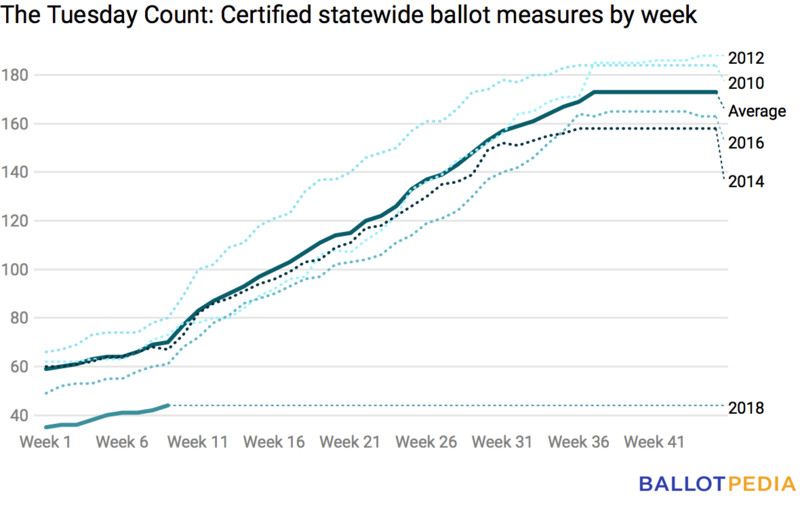The November elections of 2016 swept a republican-led government into a comfortable position, with both congressional bodies and the presidential office placed firmly in the hands of the Grand Old Party, a more conservative sentiment took hold in Washington. The relationship that the right has had with science has been rather strained, and the two years since the election have been no different. But from fall of 2016 until now, states have been voting on scientific issues as well as representatives, and the results show that Americans are still wary of many of the things the scientific community advocates for. According to an article by ScienceMag, several science-related initiatives shared a ballot with candidates in 2016, and overall there were mixed results. A carbon tax in Washington State was struck down, even though it would have been revenue neutral by lowering other taxes. A solar panel initiative in Florida that saw backlash from many environmentalists as overly restrictive on consumers was struck down, as well as proposals to fund biomedical research in Colorado and Montana. A similar measure in California did however win support, and the increased $2 tax on cigarette packs that it imposes will be used to fund public health programs and medical research. Oregon state also implemented a wildlife preservation measure, banning the sale of several threatened and exotic species in efforts to reduce poaching and trafficking of animals and animal parts. Ballot measures are a form of direct democracy, meaning that common citizens may vote specifically on policy and laws, instead of doing so through representatives as usually done in United States. According to an article by the New York times, ballot initiatives vary from state to state, with some states like California relying heavily on them to pass laws or others like New York not having them at all. Some states allow such initiatives to be petitioned by voters, and others only allow them to be proposed by state legislatures. In all states but Delaware, amendments to state constitutions must also be voted on by the general citizenry. Those initiatives can provide an important source of funding for scientific endeavors. Research is by no means cheap, and in the modern world, many labs and programs rely heavily on government funding- nearly 50% of it-but decreasing every year according to ScienceMag . As federal support for research declines, pharmaceutical companies and private organizations have picked up the slack in providing scientists with the capital they need. This however can cause an issue with biased reporting and interpretation. A recent study by the British Journal of Clinical Pharmacology found bias in interpretation of data and conclusions drawn from studies where the investigators received funding from private industry source. These investigators were more likely to dismiss, not include, or assure no serious complications from adverse effects of drug trials. With federal dollars coming in less frequently and industry funding being a dangerous game, state funding could provide a source of financial support for unbiased research.  Initiatives such as this can give states the ability to directly fund public health works, clinical trials, and new research that could benefit the general public and help scientific progress. According to Ballotpedia , there are over 160 ballot initiatives in 38 states this coming November. Many of them are on taxes, bonds, elections, and other reforms but a few are relevant to the scientific community. Montana will vote on whether to raise tobacco taxes and use revenues for public health research, a Carbon fee to fund environmental programs will be voted on in Washington, and Missouri will vote to decide whether medicinal marijuana should be legalized, and its tax revenues spent on Biomedical research. Such votes can help allocate millions, if not billions of dollars to scientific research. This article was written by Andrew Petryna and was edited by Helena Mello and Aminat Saliu Musah.
Initiatives such as this can give states the ability to directly fund public health works, clinical trials, and new research that could benefit the general public and help scientific progress. According to Ballotpedia , there are over 160 ballot initiatives in 38 states this coming November. Many of them are on taxes, bonds, elections, and other reforms but a few are relevant to the scientific community. Montana will vote on whether to raise tobacco taxes and use revenues for public health research, a Carbon fee to fund environmental programs will be voted on in Washington, and Missouri will vote to decide whether medicinal marijuana should be legalized, and its tax revenues spent on Biomedical research. Such votes can help allocate millions, if not billions of dollars to scientific research. This article was written by Andrew Petryna and was edited by Helena Mello and Aminat Saliu Musah.
iJOBS Blog